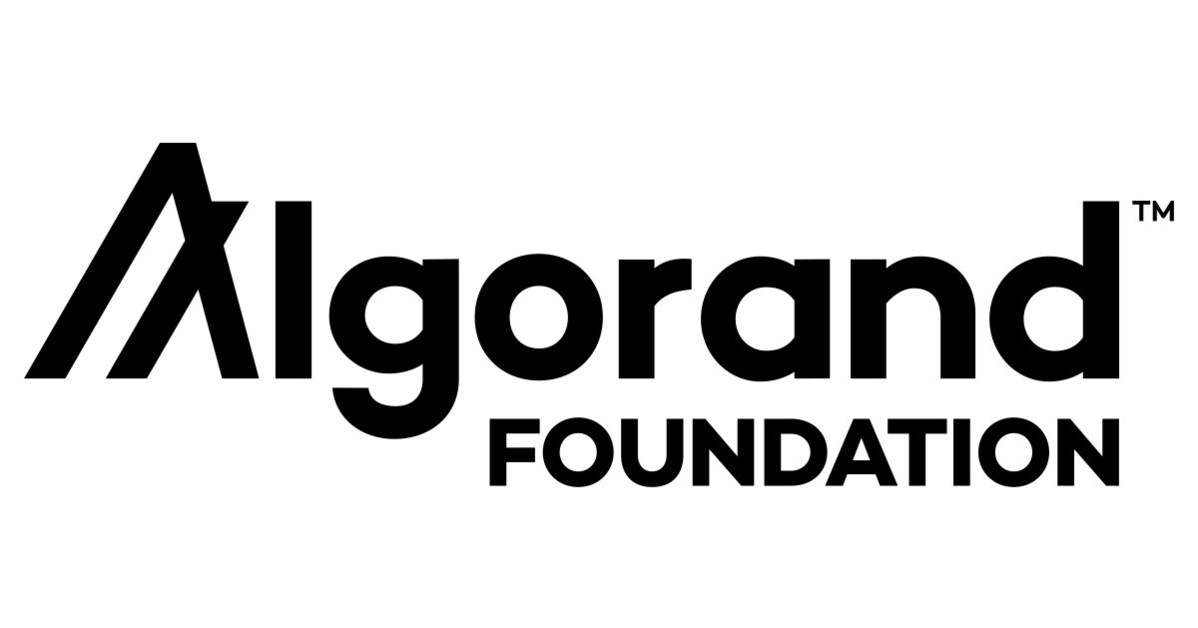Blockchain is a digital ledger technology that enables secure and transparent record keeping of transactions without the need for a centralized intermediary. It is a distributed database used to maintain a continuously growing list of records, called blocks, which are linked and secured using cryptography. Each block contains a cryptographic hash of the previous block, a timestamp and transaction data, and is open to inspection by all participants in the ledger. Once a block is added to the chain, it cannot be changed or deleted, making the blockchain manipulative and immutable.
Blockchain technology is best known for its use in cryptocurrencies, such as Bitcoin, where it is used to securely record and verify transactions. However, the nascent technology has the potential to improve the business model of insurers, brokers and policyholders.
Potential benefits of blockchain
1. Transparency
One of the main benefits of blockchain for the insurance industry is increased transparency. Policies can be complex and confusing for consumer policyholders, and blockchain can be used to speed up and simplify claims processing. For example, the British startup Insure ETH is developing an aviation insurance that uses blockchain and smart contracts. When a verified flight data source signals that a flight is delayed or cancelled, the smart contract is automatically paid out. This type of policy can improve trust between the insurer and the customer, as the policies exist on a shared ledger that is accessible to both and there is little or no possibility of disagreement as to when a claim should be made.
2. Prevention of fraud
Another problem in insurance, especially consumer insurance, is fraudulent claims. The ABI detected over 95,000 fraudulent insurance claims in 2020 alone with an estimated total value of £1.1 billion. Blockchain can significantly help prevent fraud by providing a secure and transparent way to record and verify claims. Although the process will require extensive cooperation between parties, it is entirely plausible (and indeed likely in the future) that blockchain could significantly reduce fraud by cross-referencing police reports in theft claims, verifying documents such as medical reports in health claims, and authenticating individual identities across all claims .
3. Efficiency
The background for the above two points is blockchain’s clear potential to reduce operating costs. The automated nature of the technology can cut out middlemen and streamline the underwriting process. Another British startup, Traddlehas developed a blockchain solution that speeds up “Know Your Customer” checks – a time-consuming process for businesses and a source of frustration for customers. Tradle’s technology verifies the information once, and then the customer can provide a secure ‘key’ to anyone else who may have a regulatory requirement to verify identity and source of funds. This simple use of blockchain saves time and money in what is usually a tedious process.
Possible problems
1. Participants (standardization)
However, blockchain’s potential impact may be hindered by various issues that prevent a revolutionary deployment of the technology. As pointed out above, there needs to be a broad level of consensus for blockchain to work properly. There is currently no standardization in the market in relation to how and when the technology will be implemented, and participants are understandably wary of investing in blockchain when there is no guarantee that it will initiate effective solutions (due to the current status ‘ ). Consensus among competitors will take time to develop. It is telling that the two companies mentioned above as using blockchain are start-ups – the traditional market is somewhat cold.
2. Scalability
And even if the London Market carried out a wholesale adoption of blockchain tomorrow, there may be problems with scalability. Blockchain is dependent on an ever-increasing storage of data, which means that the longer the blockchain becomes, the more demanding the need for bandwidth, storage and computing power. Data firm iDiscovery Solutions found that 90% of the world’s data was created in the last two years, and there will be 10 times as much data created this year compared to last. Some firms may be faced with the reality that they do not have the hardware and capacity to provide the technology, especially as the blockchains will be fed by data that is constantly increasing in terms of quantity and complexity.
3. London Market use?
Finally, questions arise as to exactly which insurance contracts are the most profitable on the blockchain. Consumers will certainly benefit from smart contracts with their home/health/travel insurance policies. But within sophisticated non-consumer insurance, where the numbers are large but the number of parties involved is limited, the question is whether today’s transaction models need blockchain. Where there is trust between a policyholder and broker, and a personal relationship between the broker and underwriter (as is often the case at Lloyd’s), it is unclear what blockchain would really add to the process. It is worth mentioning that in late 2016 Aegon, Allianz, Munich Re and Swiss Re formed a joint venture known as B3i to explore the potential use of Distributed Ledger Technologies in the industry. B3i filed for insolvency in July 2022 after failing to raise new capital in recent funding rounds. It appears, at least in relation to the London Market, that blockchain will have a slower, organic effect as opposed to revolutionizing the industry.
























